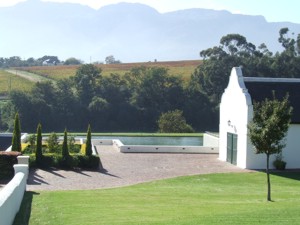A HISTORY OF CAPE DUTCH PLANS, ARCHITECTURE AND GARDENS
1. THE HOLBOL STYLE OF 1700'S
The Holbol means alternating curved and convex profils to the outside of the gable - the portion of wall protruding about the roof in pitched roof designs. The Holbol design remained in use for side-gables and outbuildings even in later more elaborate baroque and neoclassical designs. View PLOTSFORSALECAPETOWN for more exciting examples of this beautiful style and its gables.



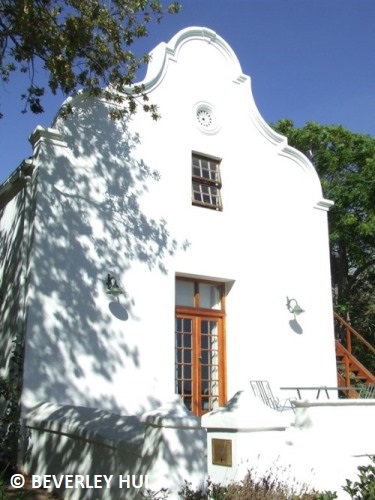

HOLBOL GABLE AT LANZERAC
This is a typical example of a Holbol gable on an outbuilding at Lanzerac. The curve at the top of the gable is usually the same size as the curves on the sides.See architectcapetown for architects working on farms in the Helderberg Basin and different styles that may be possible on these stunning erven.
2. THE BAROQUE STYLE OF 1700'S
A good example of this style is located at Webersberg, on the slopes of the Helderberg mountains. With gable dated 1786, the neoclassical style had already just started and baroque gables were in full development. See also architectcapetown luxury homes designed by some of Cape Town's top architects.
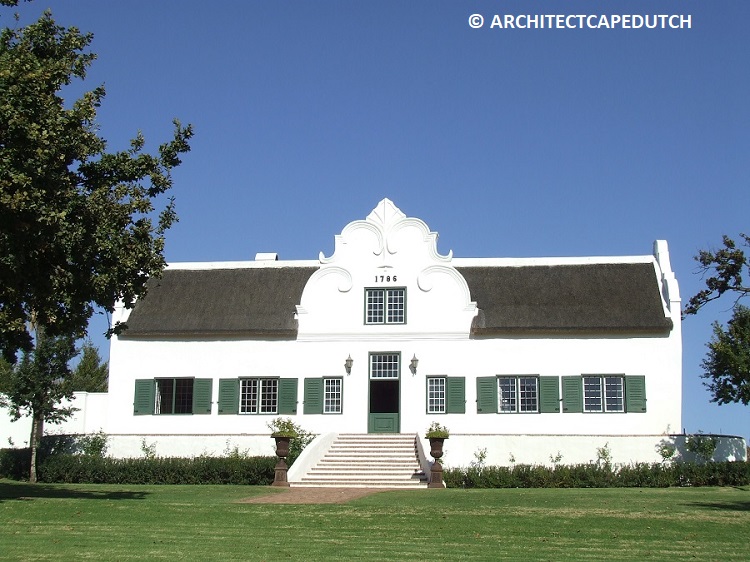


3. THE NEOCLASSICAL STYLE OF 1780 - 1850
The majority of surving gables are in the Neoclassical style, which removed the sweeping plaster bands and favoured four pilasters supporting a central pediment motif. This example is located at La Dauphine farm in Franschhoek.
See PLOTSFORSALECAPETOWN to view plots for sale in top residential estates in Cape Town.

NEOCLASSICAL HOUSE AT NEETHLINGSHOF
The gable is dated 1814 and the design has the four urns on the four pilasters which is typical of the architecture of this time period.
Click on TOP-ARCHITECTS to discover more about the salient features of the style.

NEOCLASSICAL GABLE AT RHENISH
The house was originally a parsonage... the home of a minister. Located in the heart of Stellenbosch on the central field called the "Braak," it has now been converted into a miniature toy museum.
View best architecture designs by leading architects in Cape Town at: TOP-ARCHITECTS
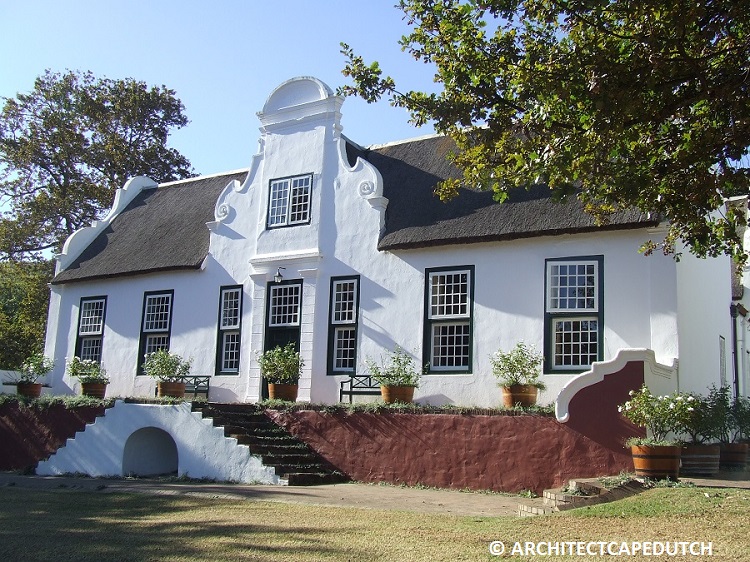
PENINSULA STYLE HOUSES
Running in parallel to the design of both the baroque and neoclassical gables, is the Peninsula style. It is more similar to the neoclassical style than the baroque style, but has a central protruding section instead of pilasters.
See our GLITZYMAGAZINE for more information on the history of Cape Dutch architecture in South Africa.
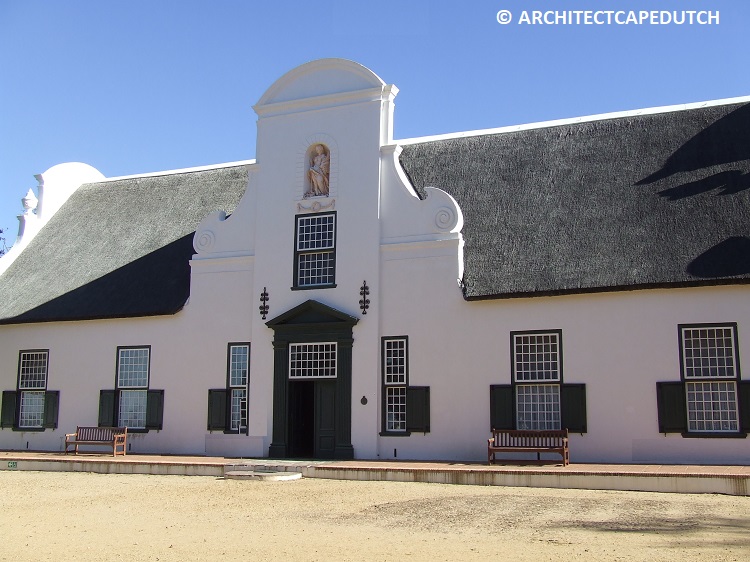
GROOT CONSTANTIAL - PENINSULA STYLE
The famous house at Groot Constantia on the Southern Slopes of Table Mountain is the foremost example of the style.
Visit CAPETOWNSPLENDOUR to discover more about Cape Dutch architecture and garden landscape design.
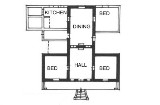
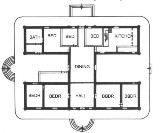
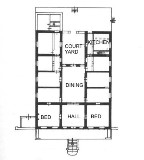
T, H and U-shaped plans.
The main entrance to the homestead was marked by a pair of sloping walls in a style echoing that of the main buildings.
Also see GLITZYMAGAZINE for more examples of modern house design in the area.
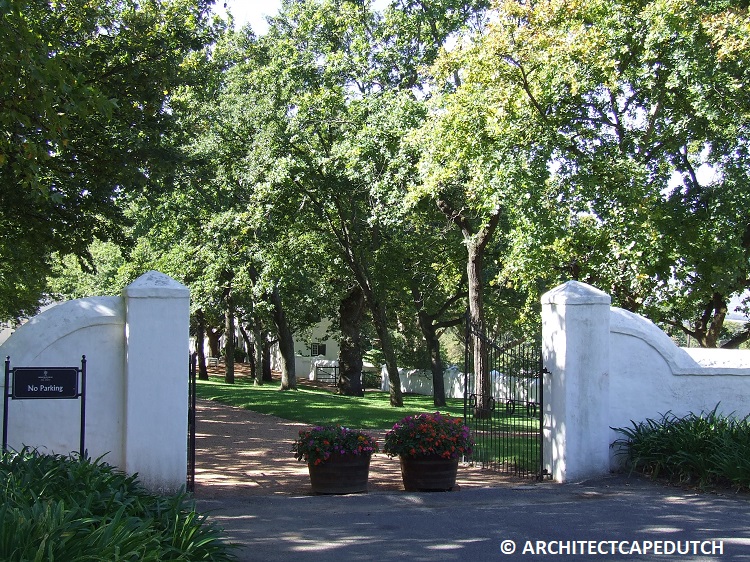
CURVED ENTRANCE GATES
The main entrance to the homestead was marked by a pair of sloping walls in a style echoing that of the main buildings.
See also TOP-ARCHITECTS for more examples of the style
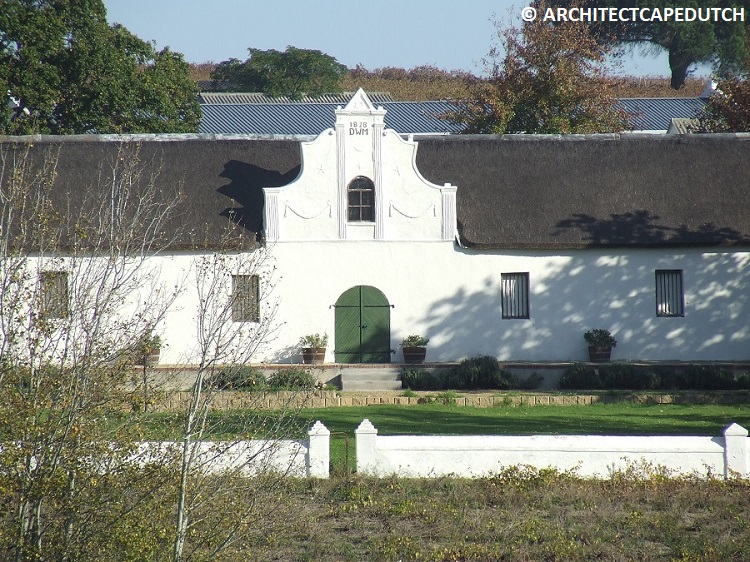
LOW WERF WALLS
The low walls that surrounded the main building and gardens and served to seperate the spaces from one another.
Also visit ARCHITECTCAPEDUTCH for more about Cape Dutch gardens.
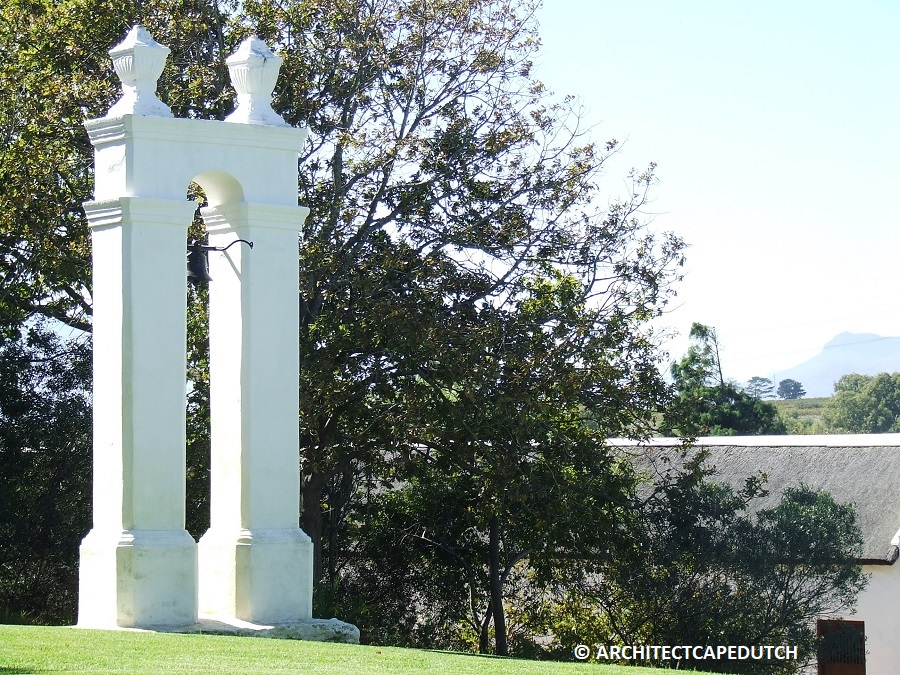
BELL TOWERS
Nowadays the bell tower , but in modern times it is used to celebrate the weddings that often take place at these beautiful relics of the past. However in the past it served to call slaves to work.
TOP-ARCHITECTS for more detail about Cape Dutch architecture characteristics
<
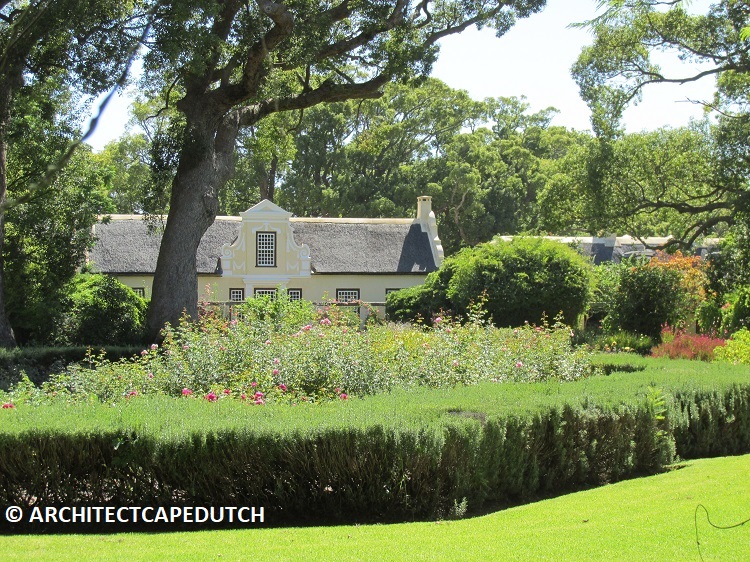
THE CAPE DUTCH GARDEN
The Cape Dutch garden is usually a blend of topiary, large trees, lawns, roses and local and exotic herbaceous borders. The plants are suited to the Cape climate with its cold wet winters and long hot dry summers.
Go to GLITZYMAGAZINE for a larger selection of Cape Dutch gardens and their farms.
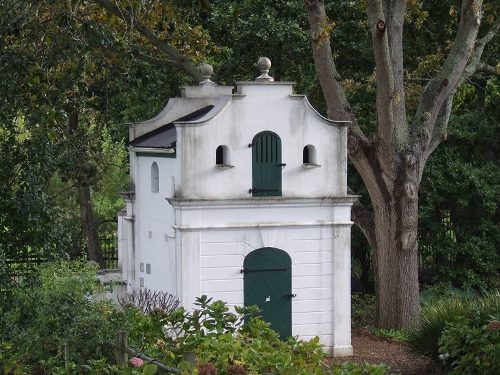
DOVECOTS
This outbuilding was used to house pigeons and chickens. There are only three surviving buildinsg found at Meerlust, Alphen and Heritage Park.
See GLITZYMAGAZINE for more examples of modern house design in the area.
MORE SIGHTSEEING IN THE CAPE>

READ MORE ABOUT CAPE DUTCH HOUSES...
View stunning photos of some of the 500 historical Cape Dutch buildings that survive in the Cape, either as National Heritage sites or as private homes and guest houses. Click to learn more about this exciting style that emerged in the 1700's in the Cape and is unique to South Africa. Or view ARCHITECTCAPEDUTCH for Cape Dutch house plan ideas.







